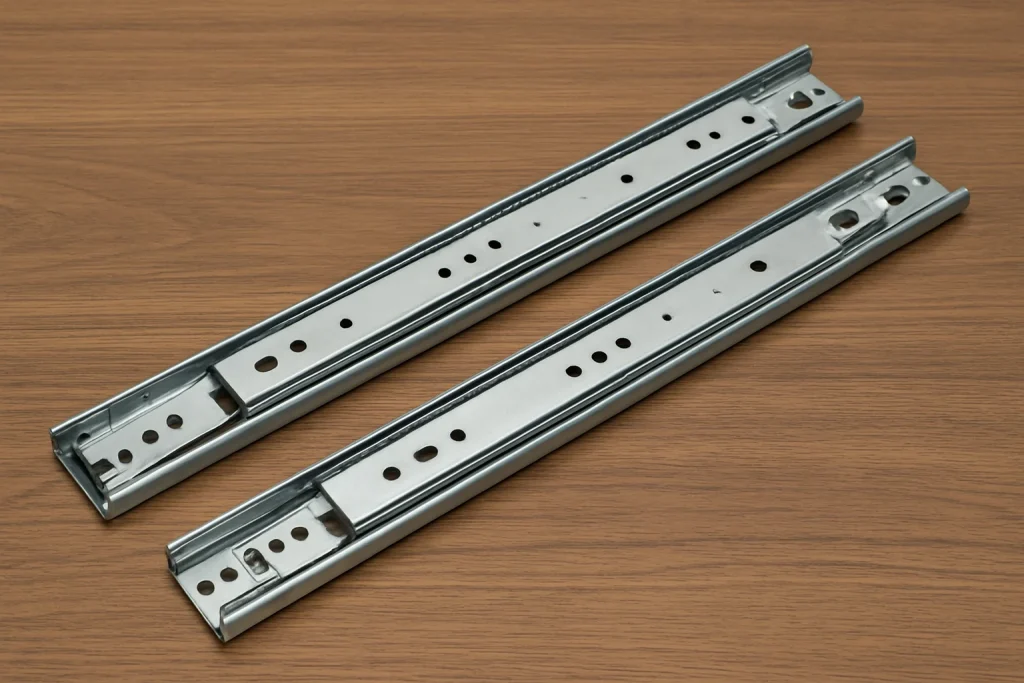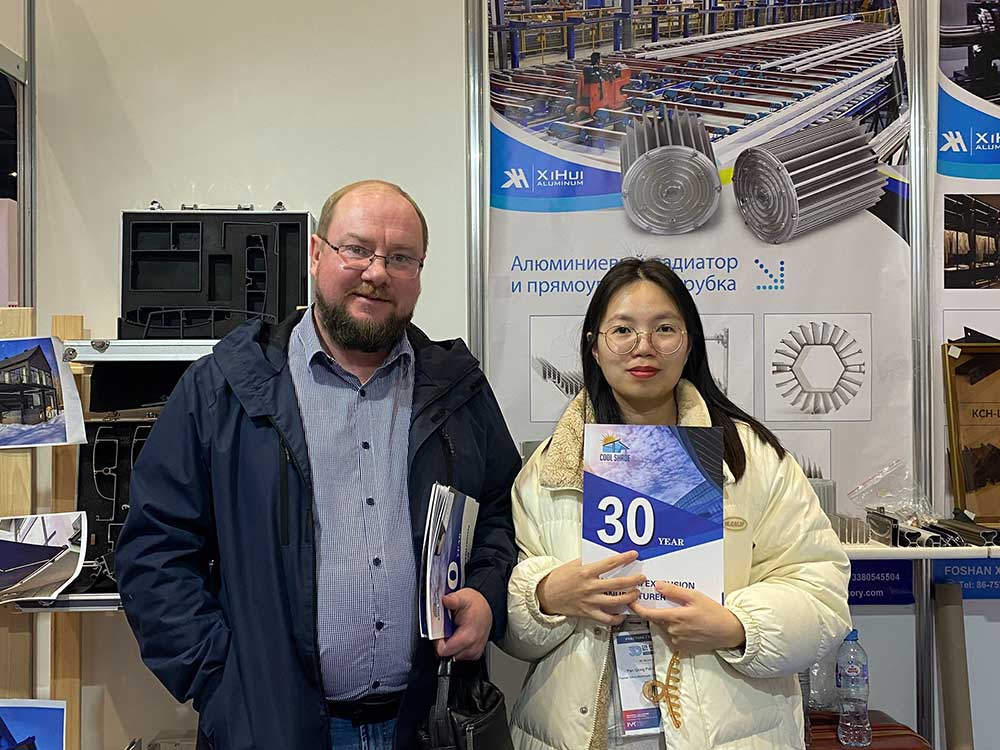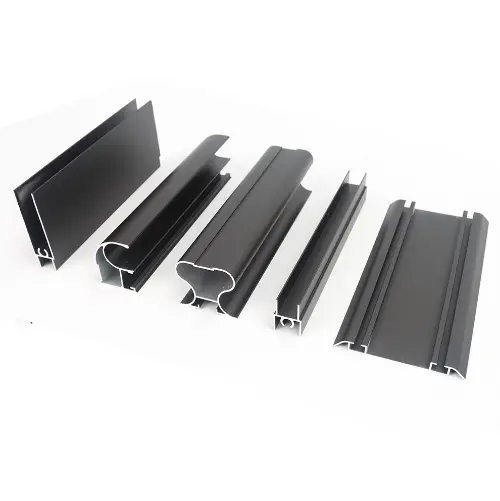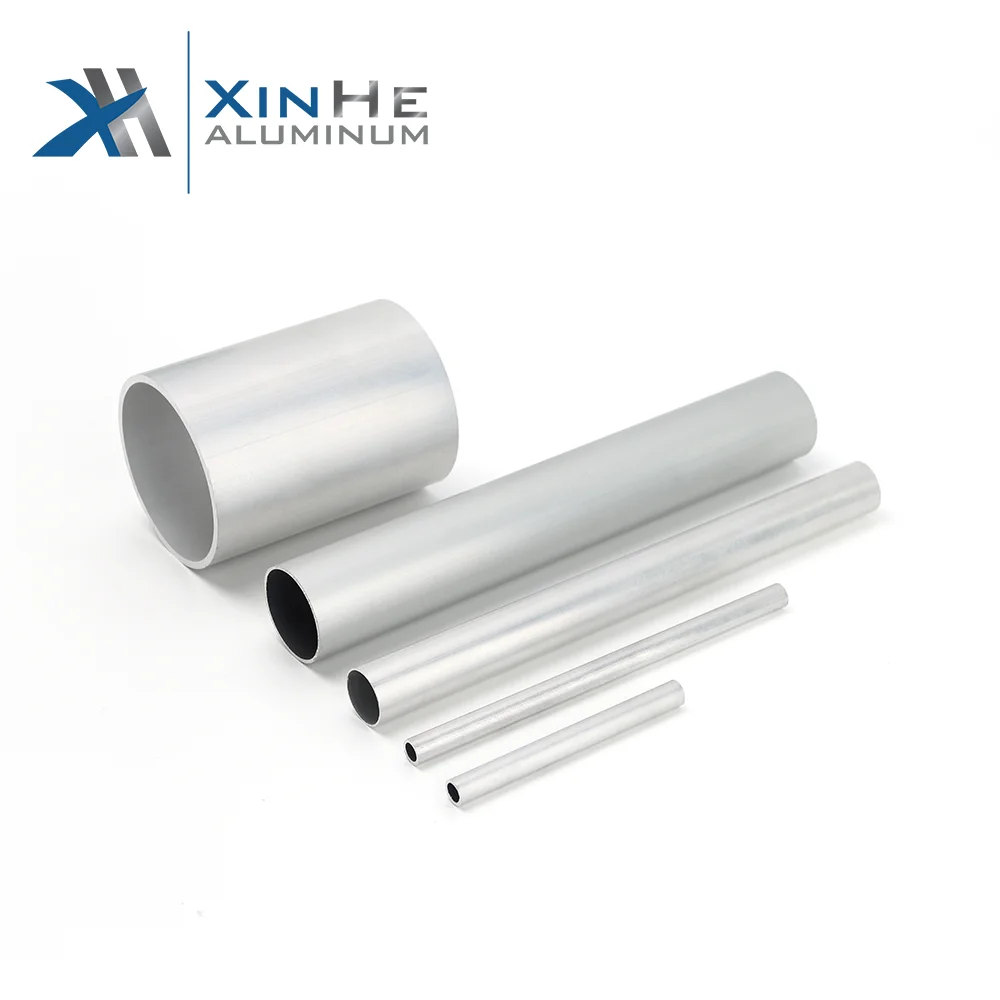
In the field of high-powered computing, the need for precisely-made parts is at an all-time high. Everyone seems to want them. Gamers are looking for better cooling for their systems. Professionals need gear they can count on under stress. In both cases, CNC precision machining is a huge help, and it’s central to providing dependable quality and performance.
The Role of CNC Precision Machining in Modern PC Hardware
CNC (Computer Numerical Control) machining is a game-changer. It lets us create very complex and exact shapes over and over again. This repeatability makes it perfect for making custom PC parts. So, whether we are talking about detailed GPU backplates or smooth keyboard trays, CNC work makes sure every single piece fits the tight measurements needed for today’s PCs.
Why Aluminum is a Preferred Material for PC Components
Aluminum is a top choice in the PC world. It has a great mix of features. First of all, it’s light. It also moves heat very well and doesn’t rust easily. Because it’s easy to machine, it can be shaped into complex designs that are still strong. This makes it ideal for parts that need to work well and look good in custom computers.
Custom CNC-Machined GPU Backplates

GPU backplates are not just for looks. They have a big job to do for performance and lifespan.
Functional Advantages of Aluminum GPU Backplates
When made with CNC machines, aluminum backplates give a host of real-world benefits.
Enhanced Heat Dissipation and Thermal Management
Aluminum is naturally good at conducting heat. This talent helps pull warmth away from parts on the back of the GPU’s main board, like the VRAM and VRMs. This cooling action can lead to lower running temperatures. In the long run, it can also help the graphics card last longer.
Structural Support for PCB and Core Components
A backplate does more than just cool. An aluminum backplate gives vital stiffness to the PCB, which stops it from bending. This is especially important with lots of heat or when a heavy cooler is attached. This extra support is key for keeping all the parts in good shape and making sure the card is reliable for years.
Design Features Enabled by CNC Machining
CNC methods open the door to many design ideas that you just can’t get with older ways of making things.
Precision-Cut Ventilation Holes and Patterns
Using a CNC mill, makers can cut exact vent holes into backplates. They can also create special patterns designed to improve airflow. These touches boost cooling but don’t make the material weaker.
Seamless Fit with GPU Architecture
CNC machines are incredibly accurate, often working with tolerances as small as ±0.1mm. This precision means the parts fit perfectly with the GPU’s design. Thus, it ensures they line up with mounting points and don’t bump into other computer parts.
Surface Finishing Techniques for Aesthetic and Performance Gains
Finishing touches do more than just make things look pretty. They also make them tougher.
Anodizing for Corrosion Resistance and Color Options
Anodized silver is a very popular finish. Why? It resists rust and looks clean. Anodizing also opens up a world of color. This lets people match their hardware to a specific theme, which is a big plus.
Polishing and Sandblasting for Texture and Visual Appeal
Some people like shiny things. Polished surfaces give a bright, mirror-like look. Others prefer a non-reflective finish. Sandblasting creates a matte texture that cuts down on glare. Besides, these methods can be used on specific areas to make logos or cool designs pop.
CNC-Machined Keyboard Slide Rails for Custom Trays and Enclosures

Precision is everything for custom desk builds. For pull-out keyboard trays and other special containers, finely-made slide rails are a must. This is another area where CNC machining really shines.
Importance of Slide Rail Precision in Keyboard Sliding Mechanisms
A keyboard tray’s sliding system is only as good as its parts are accurate. The rails are what move the entire keyboard, not the keys themselves. Their quality matters.
Smooth Sliding Mechanism Without Jamming or Wobble
CNC-machined aluminum rails give a very smooth ride. There’s very little friction when you move the keyboard tray. This gets rid of the jamming and wobbling that you often find in lower-quality options that have measurement problems.
Mounting Accuracy and Stability
Exact alignment means the tray and its rails fit just right with the desk or computer case. This makes the whole setup more stable and better to use. Plus, it causes less wear and tear on the moving parts over time.
Benefits of Full-Aluminum Construction in Slide Rails
Aluminum has some clear wins over other materials for keyboard tray systems.
Durability and Lightweight Properties
Aluminum has a fantastic strength-to-weight ratio. What does this mean? It gives strong support without being heavy. So, you get a solid keyboard tray that’s still easy to move.
Resistance to Wear Over Time
Plastics can break down after a lot of use. Aluminum is different. It keeps its shape and strength even after thousands of uses. This gives it the kind of long-lasting toughness that computer fans and pros need.
Key Design Elements Achieved Through CNC Milling
CNC milling allows for top quality on big orders without losing any of the small details or accuracy.
Uniform Hole Arrangement for Mounting Consistency
Mounting holes that are spaced evenly make installation simple and safe. This also makes the parts more modular and easier to assemble.
Tight Tolerances Ensuring Mechanical Stability
When tolerances are tight, there is less wiggle room between the moving pieces. The result is a much more stable sliding motion. You don’t get the looseness or bad alignment that is common in parts that are mass-produced cheaply.
Technical Capabilities of CNC Precision Machining
Modern CNC machines bring the kind of accuracy used in aerospace right to the world of consumer electronics:
Measurements can be controlled to ±0.1mm or even better. This makes sure every part fits like a glove.
The machines work with strong metals like 6061 and 7075 aluminum, which adds toughness without making them hard to shape.
They also work with other steps like drilling, bending, and welding. This allows for total customization from a simple piece of metal to a complete product.
Surface Treatment Options for Enhanced Performance and Aesthetics
The surface finish is a big deal. It protects the part and makes it look great.
Anodizing protects against rust and offers a variety of color choices.
Powder coating adds a layer that resists scratches and covers everything evenly.
Users can also choose between a raw mill finish or a shiny polished look depending on what they like.
XiHui Aluminium: Your Partner in CNC-Machined Aluminum Components
When you need dependable aluminum parts made just for PC hardware, XiHui Aluminium is a real leader in the field.
Company Overview and Manufacturing Capabilities
XiHui has been in the aluminum business for 30 years and has a lot of know-how in many areas, including computer parts. The company has 15 extrusion lines and 40 deep processing machines. This setup lets them handle huge orders while keeping a close eye on quality.
Expertise in OEM & ODM Customization Services
XiHui helps with the entire process of creating a product, from the first idea to the final piece:
- They have their own R&D team with special patents to create new solutionsmade just for what a customer needs.
- Their quality system is ISO 9001 certified, which promises that every production run will meet the same high standard.
Conclusion
CNC precision machining has completely changed how aluminum parts are designed and made for PCs. These benefits are both practical and visual. For instance, GPU backplates help with cooling and make cards stronger. Keyboard trays with good slide rails are incredibly stable. With partners like XiHui Aluminium, who have decades of experience and powerful processing tools, builders can now get custom solutions made exactly for their projects.
FAQs:
Q1: What aluminum alloys are most commonly used for GPU backplates?
A: The most common one is 6061-T6 because it’s easy to machine, resists rust, and is strong for its weight. For top-tier projects that need even more stiffness, 7075 aluminum might be used because it has even greater tensile strength.
Q2: Can I request custom designs or logos on my CNC-machined components?
A: Yes! A great thing about CNC machining is how flexible it is. It lets you add your own logos, patterns, or special cutouts. After the main machining is done, other steps like engraving or laser etching can add these details. Finishes like anodizing or powder coating can then protect them and make them look even better.
Q3: How long does it take to produce custom aluminum parts?
A: The time it takes can change based on how complex the part is. It could be a few days for a sample or a few weeks for a large order. Things that affect the timeline include the material chosen, how tricky the design is, the finishing steps needed, and how many parts are ordered.





